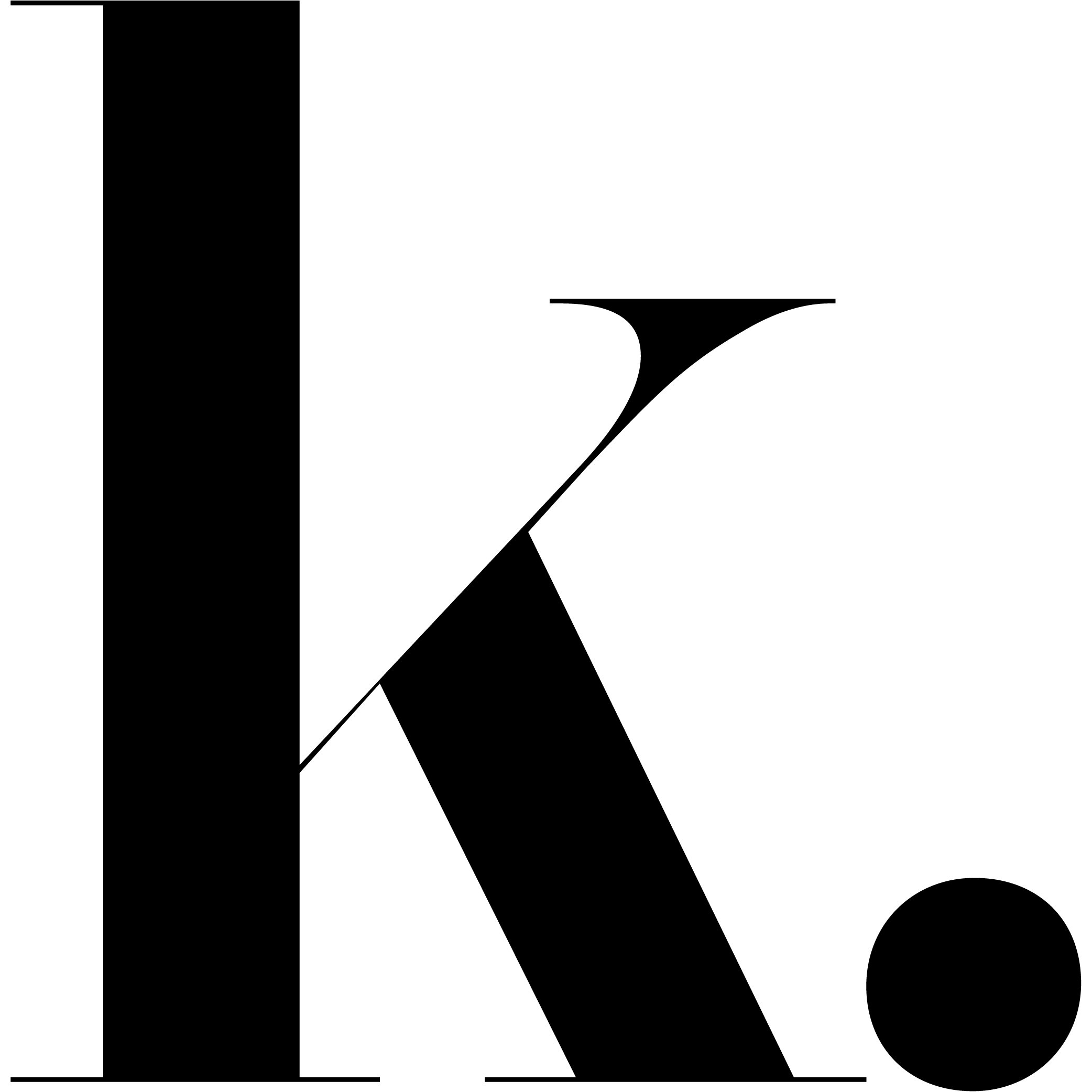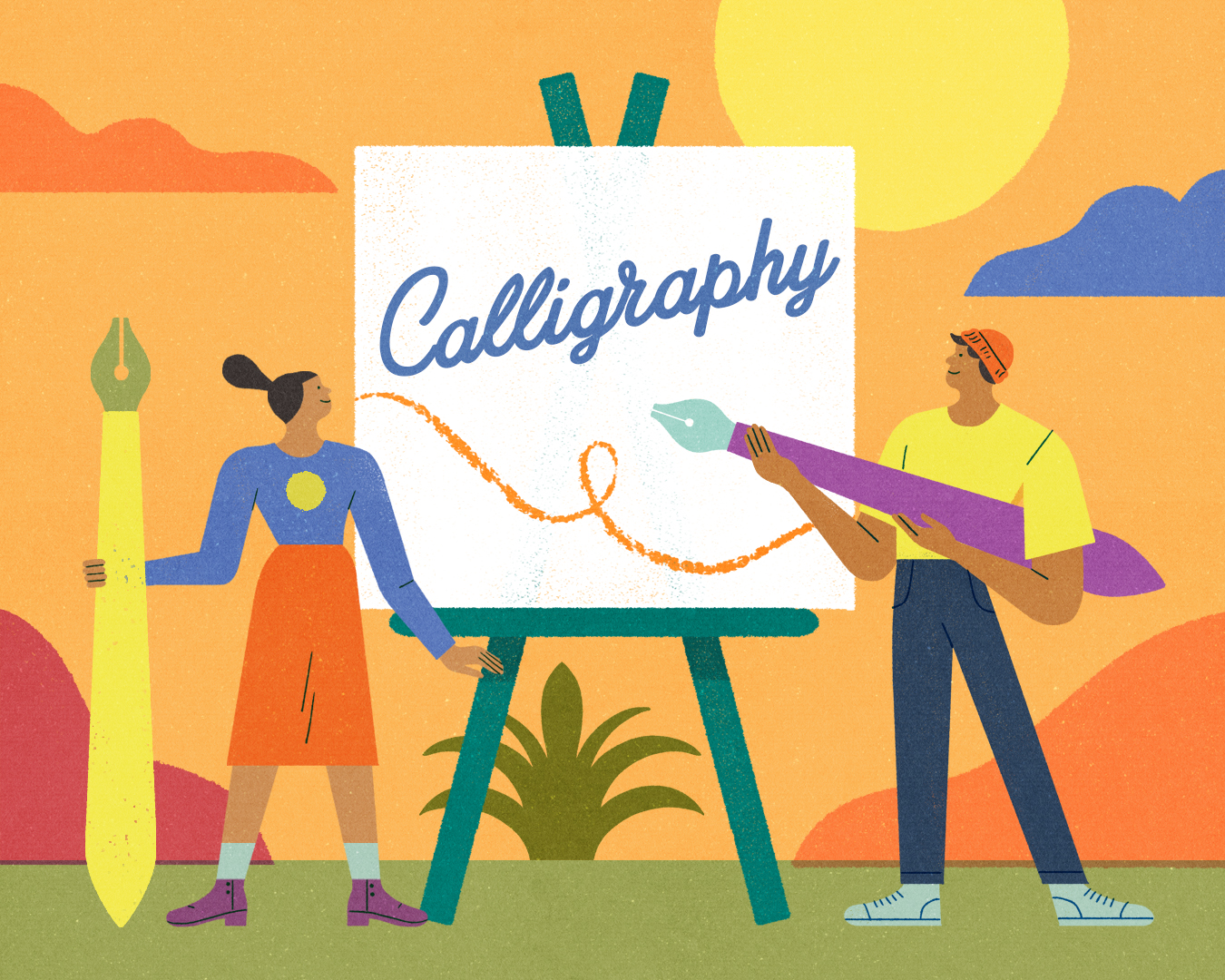There’s just something calming about beautifully handwritten words. And we’re not even talking about prose and poetry yet. We’re talking decorative writing that has been around for ages. Historically, calligraphy has been a highly respected visual art of beautiful handwriting. Everywhere you look, from the oldest scrolls to today’s ethereal handwritten invitations, it’s been a quiet art that adds life and culture to our everyday lives.
It definitely deserves its own day of celebration. Never mind if you think you have the ugliest handwriting, there are many ways to celebrate World Calligraphy Day. It only takes a glance at the humble jeepney sign (the one by the driver’s seat that marks his stops) to appreciate the art. But if you’re one who’s been raring to dip your toes, or in this case fingers, into this meditative art, we’ve rounded up some beginner tips and tools for you.
Watch a good tutorial or 2 on the internet. Calligraphy can get intimidating to many beginners, especially when you see centuries-old handwritten documents in proper lettering as if a sage in royal robes with a long white beard has written them in horse-hair paintbrushes. Fortunately, in today’s day and age, we can have a go at it with faux calligraphy or modern calligraphy. Go on the internet and find some of the most viewed modern calligraphy video tutorials for beginners. You don’t even need to have the tools yet. Just watch some parts of the tutorials so you can a feel of how to do it, recommended tools for starting out, familiarize the jargon, and learn beginner tips. Here are a couple of good ones to take out any intimidation and ease you into the world of calligraphy.
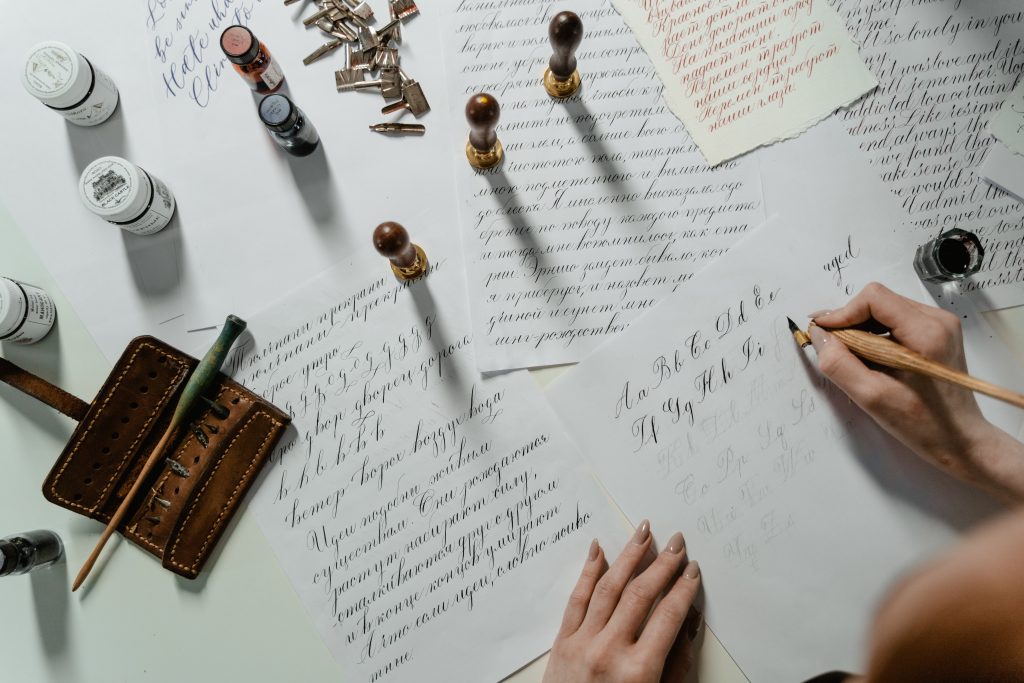
Gather the basic tools. As soon as you’ve got the flow started, it’s time to keep at it and start lettering. Invest in quality but affordable tools that are within your beginner’s budget. You want to take it easy so you won’t regret spending on expensive nibs when you realize calligraphy isn’t for you. Start with these tools and build your arsenal from here:
- Nib. Tachikawa G nib is great for beginners.
- Oblique holder or straight holder
- Ink. India ink, sumi ink, and walnut inks are beginner-friendly and widely used.
- Quality calligraphy paper. As a beginner, you can start with 200gsm watercolor paper from Canson. It’s one of the most accessible papers that work great with nibs.
- Calligraphy practice sheets. These are easy to find online, such as this one, and are perfect for drills on strokes, turns, coils, angles, loops, and curves.
- An extra tool you might want to consider: brush pens. These are just markers with tapered and flexible tips. Also, this is great for brush lettering when you crave less structure and do lettering on the go. Try Fudenosuke or Kuretake brush pens.
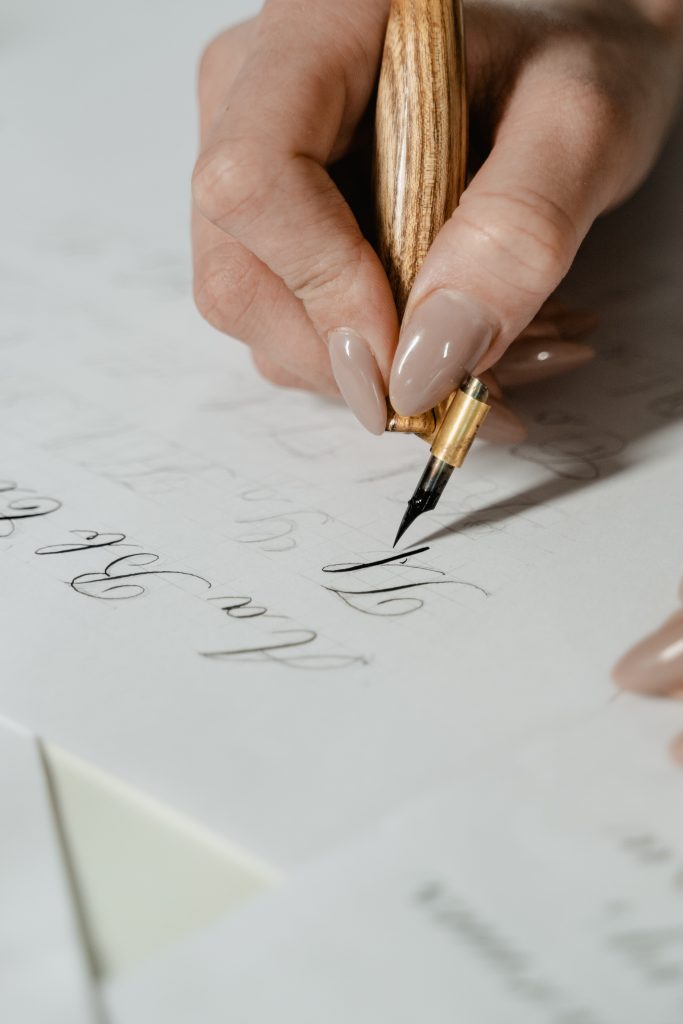
Since the pandemic, local art shops have been hard to come by. Luckily, most of these can be ordered online. As long as you know what you’re looking for, it’s actually very easy to look them up on your favorite online retail platform!
Practice, practice, practice. Of course, you already know this, but it’s worth mentioning that practice makes progress, not perfect. Aim for 1% every day. You can even block off a 20-minute break from your routine to get into a meditative flow of practice— sounds like yoga, right? Calligraphy actually gets you into a zone that is not unlike meditation. We promise you— you’re not just practicing to improve, it also feels like a mindful break you deserve. Besides, it’s helpful to know that even seasoned calligraphers still do drills, even using it as their warm-up while they work on a project.
Develop a calligraphy style that’s uniquely yours. While we highly suggest that you start with modern calligraphy as it’s an easy way into the craft, there are other calligraphy styles that might suit your liking. Eventually, you’ll find that the best calligraphy style for you is your own handwriting! You can even start with a small goal, such as creating an alphabet sheet of your own.
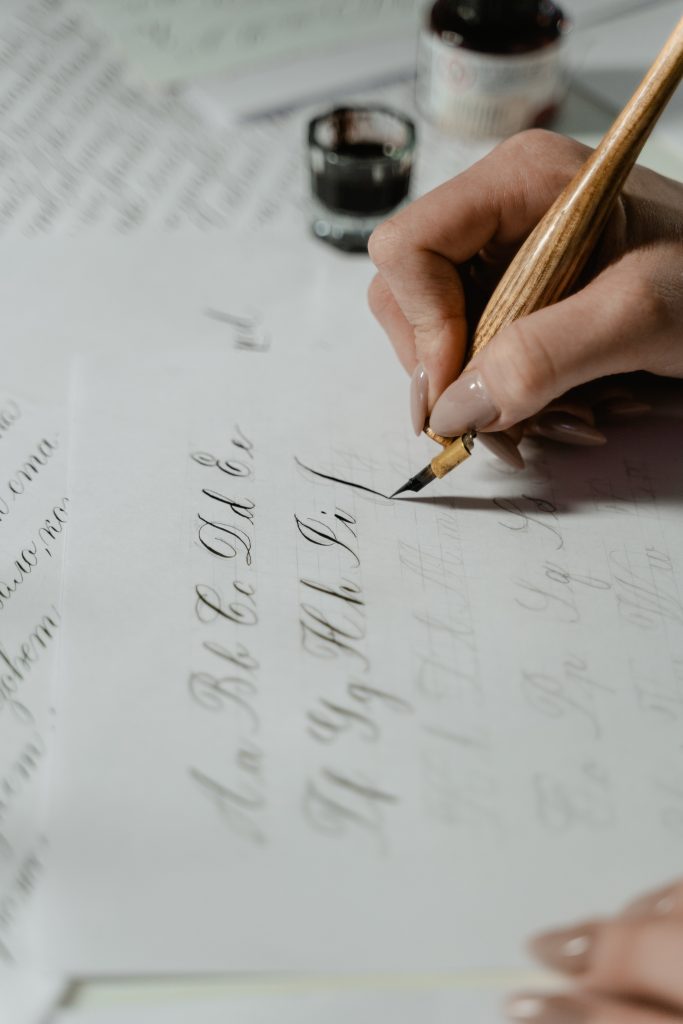
Find a local or online community. While there’s plenty of progress in doing most of the practice on your own, nothing beats finding someone to share this newfound craft. Find local calligraphy workshops to meet kindred spirits. A really good local calligrapher, Charm Pia Tan, holds workshops from time to time. There are lots of online communities and Facebook groups as well. Aside from the sheer benefit of sharing the love of calligraphy with others, here are other amazing stuff you can get out of joining communities:
- Know where to find supplies. Locally, art supplies in general really difficult to come by. So sharing these kinds of tips with the community helps a lot. Plus, you can pasabuy whenever someone in your locale orders online or from abroad!
- Get tips and tricks from other calligraphers who are doing similar styles as yours. You’re not the only one having a hard time perfecting your craft, you know.
- Join or organize calligraphy workshops and events. Now that you’ve created so much traction in your craft, consider spreading the love for decorative handwritten art to people who were once like you and intimidated to start.
There are many ways to celebrate World Calligraphy Day— a quiet regard at the works you come across as you go about your day, or taking it to the next level and actually immersing yourself in practice are both wonderful ways to honor the art. However you do it, and as with every art form, nothing beats remaining true to your style. After all, different strokes for different folks. Happy World Calligraphy Day!

